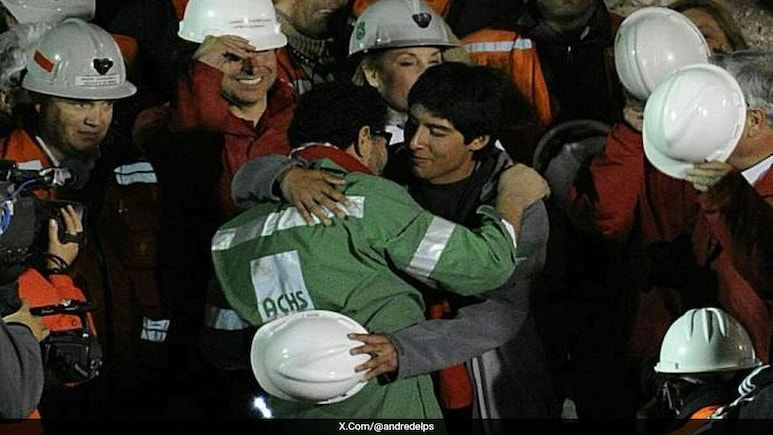
On August 5, 2010, a catastrophic mine collapse in Chile's Atacama Desert trapped 33 miners underground, sparking a global rescue effort that captivated the world. Today, 15 years later, the story of their incredible survival is being remembered as one of the most dramatic rescue missions in modern history.
The disaster struck the San Jose copper mine when a massive boulder - reportedly the size of the Empire State Building - collapsed within the shaft, sealing off access and trapping the miners half a mile beneath the surface. For the first 15 days, the men had no contact with the outside world, uncertain if help was on the way or if they had been left to die.
Terrified and isolated, some of the men feared they were "trapped underground with the devil." Their survival was nothing short of miraculous - they had avoided certain death only because they were waiting in a large cavern for transport to lunch when the collapse occurred. Had they been inside the narrow tunnels of the 120-year-old mine, rescue would have been impossible.
Above ground, their families clung to hope, not knowing if their loved ones were alive. The eventual rescue, 69 days later, was a feat of engineering and human spirit that continues to inspire.
"All the mines in the Atacama Desert at that time were pretty unregulated, so it was a lot more dangerous than you would expect. It had been allowed to work with effectively a single entry, which means if there is a disaster, there was only one way in and out," Brian Robinson of UK Mines Rescue told The Metro.
Trapped deep underground, the men survived on minimal rations and filthy water. With only the dim glow of their headlamps-used sparingly to conserve battery-they endured extreme heat and thick dust. In desperation, they drained water from vehicle radiators and drank moisture that seeped through cracks in the rock to stay alive.
Track Latest News Live on NDTV.com and get news updates from India and around the world

